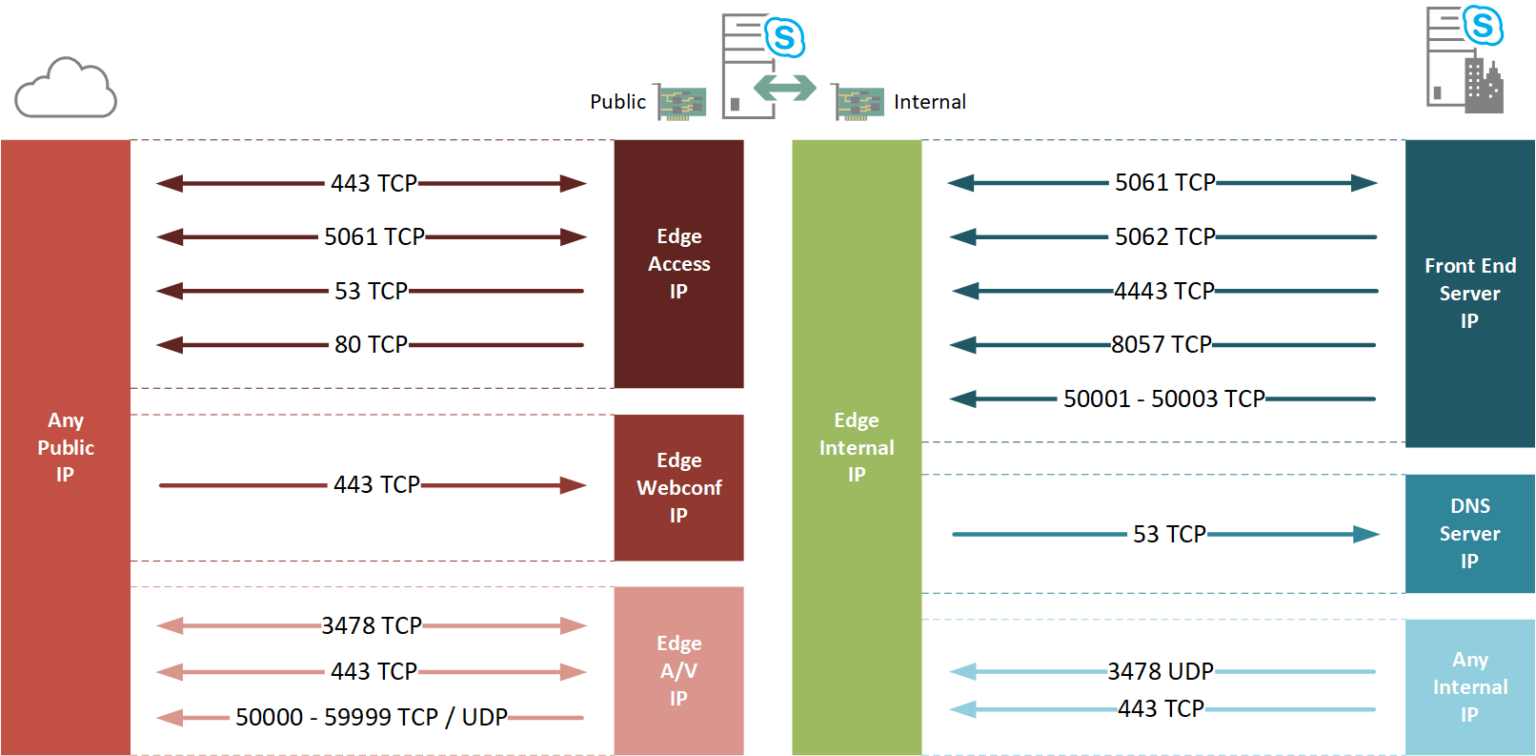
Delays in the video data being received can cause annoying glitches. While latency issues may not be noticeable with services such as browsing, they often create havoc with video conferencing even if measured speeds are good.īypassing Wi-Fi by using a desktop PC or laptop connected to your router by Ethernet cable will deliver a much better experience than via Wi-Fi. Video conferencing services are extremely sensitive to the quality of your broadband connection and are particularly sensitive to latency. Wi-Fi is often the weakest link in a home network, and introduces increased average latency (time delay) and sporadic latency spikes to an Internet connection (which are particularly problematic). Connect your device/computer to your router using an Ethernet cable if possible.

Just follow our recommendations below, and you will be amazed what a difference they make.ġ. However, whatever you think about video conferencing, there’s no doubt that it’s here to stay. Equally, people of all ages are relying on these platforms to keep in touch with their families and friends.ĭespite the clear value these services have been providing, many people we’ve spoken to are looking forward to dumping these services as soon as possible because of their poor quality. These are providing a lifeline for many business teams unable to meet in person. The coronavirus pandemic has led to a major uplift in the use of video conferencing platforms. The good news is that these problems can be eradicated by following our tips below to massively improve your video conferencing experience. Low-quality video feeds, which suffer regular interruptions and blips, are often combined with awful sound, which is infected with irritating delays and echoes. Too many people are currently getting a poor experience with video conferencing services like Zoom, Skype, GoToMeeting and Microsoft Teams.

This guide provides 15 proven ways to substantially improve video conferencing.


 0 kommentar(er)
0 kommentar(er)
